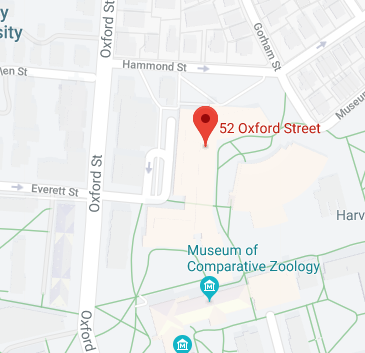Date:
Location:
The translational machinery (TM) is one of the most ancient molecular machines on Earth. Proteins that make up its core share common ancestry across the entire tree of life, suggesting that a highly functional TM was already present in the last universal common ancestor (LUCA). For the past ~3.8 billion years, the individual proteins that make up the translation machinery have tended to evolve as an ensemble: they do not appear to be easily exchangeable through horizontal gene transfer, and the pace of their evolutionary divergence today is extremely slow. It has been suggested that some of the protein components of extant TMs are subfunctionalized versions of ancient, more multifunctional TM proteins. However, it is unknown whether the TM was already tightly constrained in LUCA, or whether TMs exhibited substantial evolution soon after LUCA and only recently became tightly constrained. Given the essential and highly conserved nature of the TM function in cells, it is not clear how modern TMs may be used to understand the evolutionary or adaptive dynamics of early TMs, nor is it clear how to prompt adaptive responses within the TM (rather than the rest of the cellular machinery) without destroying the host organisms. To study the evolutionary constraints of modern TM, we experimentally generated unfit TM genotypes by engineering modern Escherichia coli bacteria that harbor orthologous versions of EF-Tu (a translational elongation factor encoded by the tufA gene) of varying phylogenetic ages in place of the native tufAgene. We conducted laboratory evolution experiments of 10 replicate populations of each of these six founders for 1000 generations to explore the genotype space around those unfit ancestral TM genotypes. By characterizing the tempo and mode of adaptation in these populations via genomics, we demonstrate that the TM can evolve rapidly despite its complexity, but its adaptive responses are constrained to a small number of genotype-specific target genes. Finally, I will discuss how the tractable experimental setup that we’ve generated may be used as a system to explore attributes of the TM that was likely present in LUCA.
| Betul Kacar | 0 bytes |
